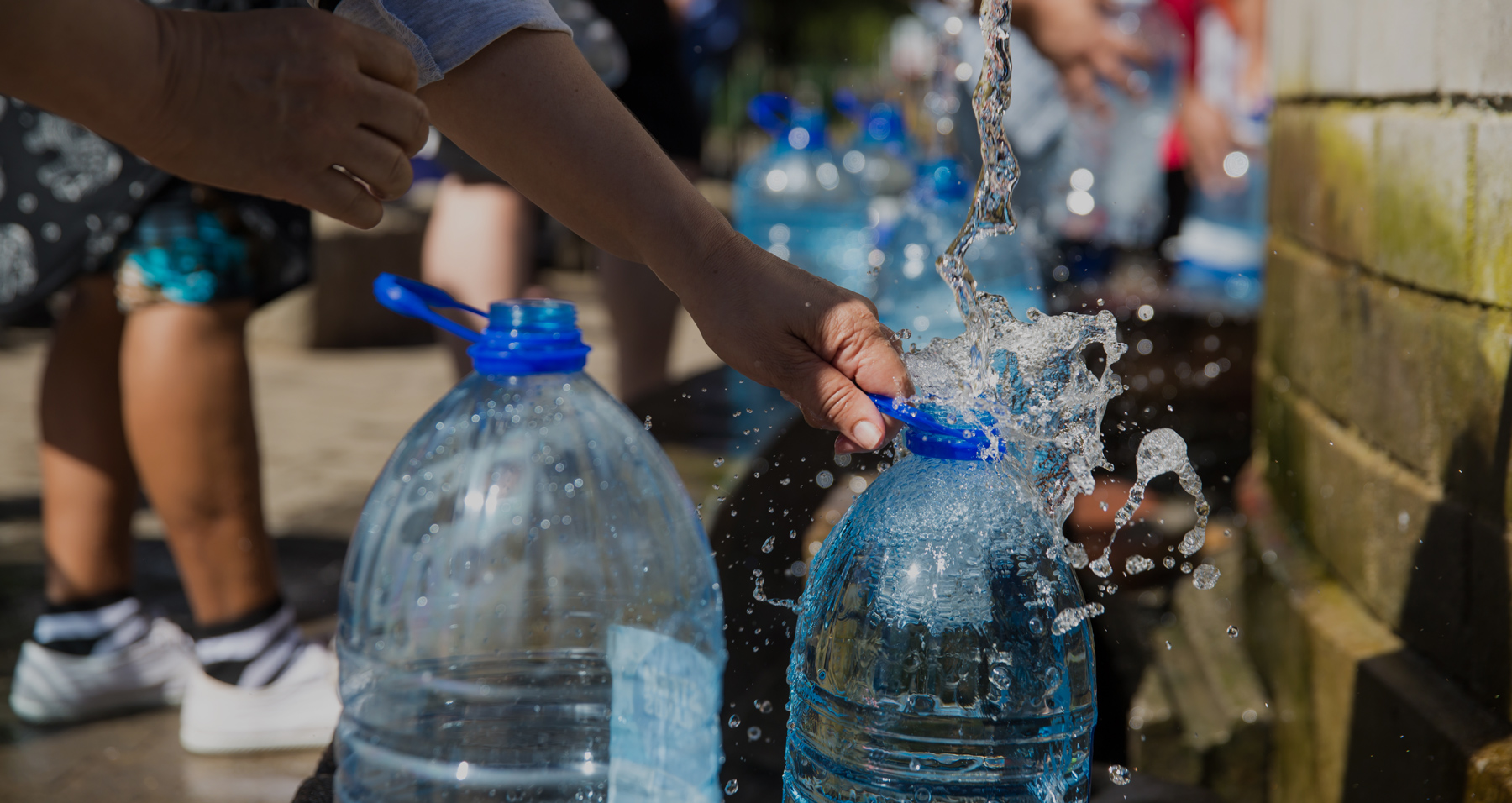
Opening the Floodgates
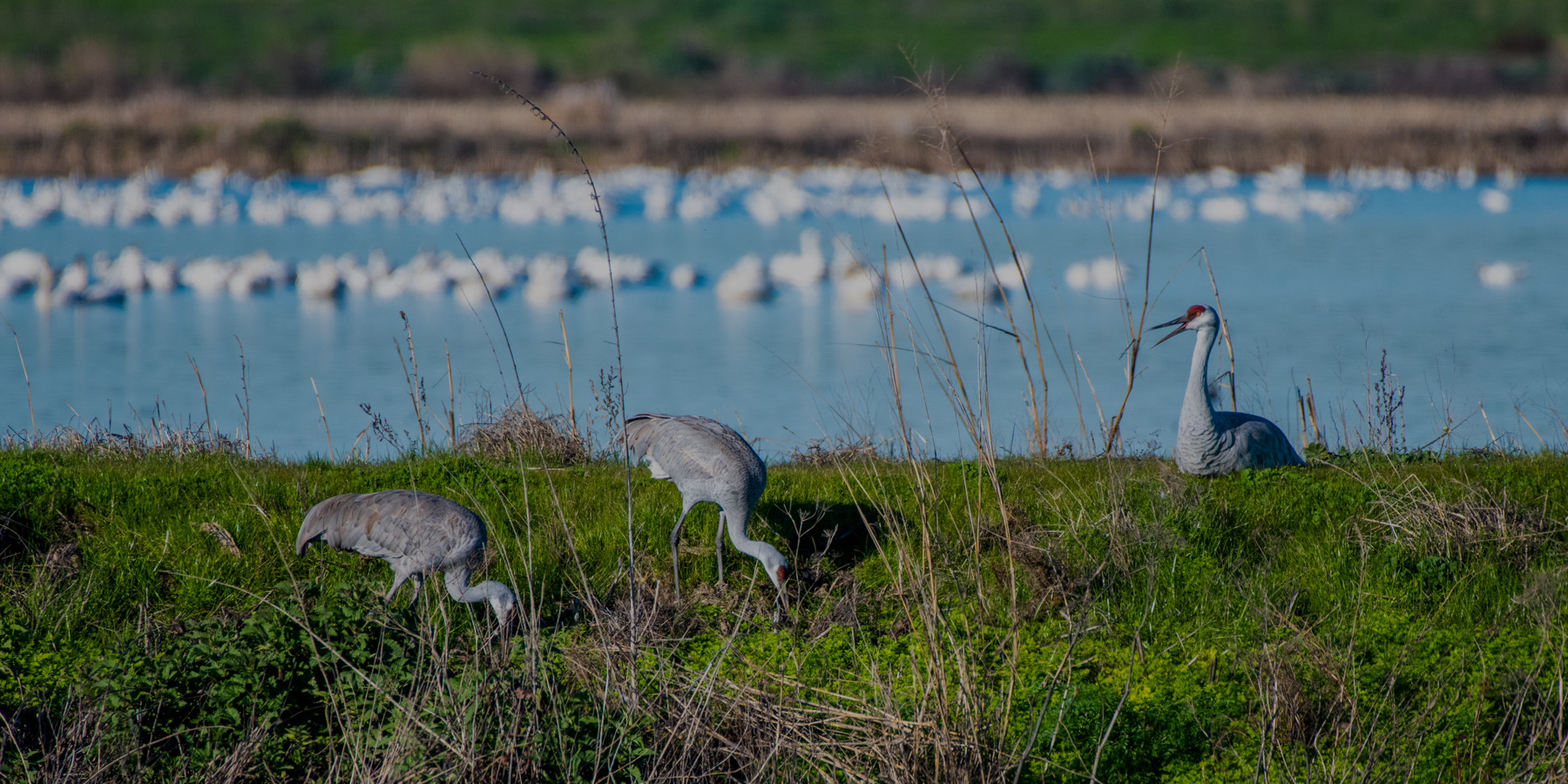
“When asked about the most important environmental issue facing the state, one in four Californians named water supply and drought.”
–Public Policy Institute of California
Leave It to Beavers
In addition to being voted “most adorable" in their class, beavers actually help create nature-based solutions for drought and fire management. Emily Fairfax, Ph.D., assistant professor of environmental science and resource management at
California State University Channel Islands, has been using satellite data to compare landscapes with numerous beaver dams to those without dams during times of drought. What she found was quite remarkable.
“What I saw in
those studies was that the beaver-dammed areas essentially didn't feel the drought," she explains. “It was just the same greenness year after year. This was in 2013 to 2016, when there were record-breaking droughts going on."
The beaver dams store water and act almost like a drip system, keeping plants green and lush. Dr. Fairfax's findings led to her next branch of research: determining whether or not beavers can also help maintain these wetland riparian ecosystems during fire season.
“My next study,
called Smokey the Beaver, looked at five different fires," she says. “I saw that if you had beaver dams in a creek, the riparian zone burned three times less than if you didn't have beaver dams. With two streams that were right next to each other—one with beavers on it, the other one just a simple stream—the beaver-dammed one hardly burned at all, while in the undammed streams, the fire ripped through that landscape."
For Fairfax, next steps include continuing to provide data that supports the success of drought and fire mitigation via beaver dam behavior so the state can invest in the method. Secondly, she'd like to see a policy change that would allow the relocation of beavers in California.
“When you do have what's called a 'nuisance beaver,' when they move into San José or San Diego and it's not a good habitat for them and it's not good for the people, your only option is either deal with it in place or to kill the beaver," she says. “There's no option to live-trap that beaver and move it into the Los Padres National Forest, where there are a lot of streams that used to have beavers but don't right now and that could support them."
Fairfax is also conducting a field-based study with CSUCI students at a beaver complex on the Salinas River in San Luis Obispo County. “We've been taking photos and collecting data and doing remote sensing for the last year and a half," Fairfax says. “We saw it through the summertime drought and it just stayed so bright green and it's full of beavers. They just had babies, and now it looks like they're expanding out, so they're making that patch of greenery larger."
CSUCI's Emily Fairfax, Ph.D., conducts research on how beaver dams create green areas that hold water and don’t burn during wildfires.
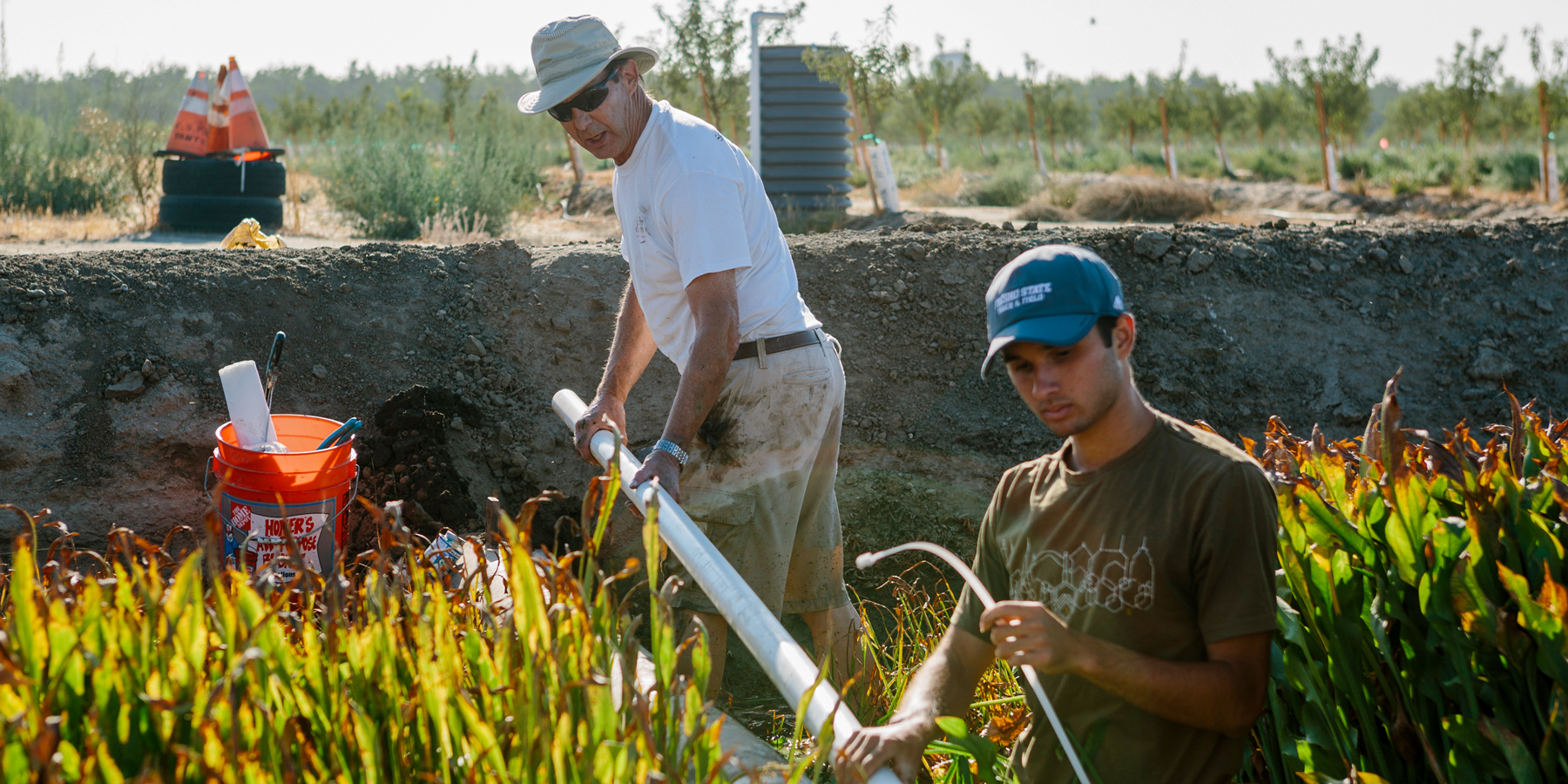
Cordie Qualle, interim director of the California Water Institute, works alongside a Fresno State student on a groundwater refresh project.
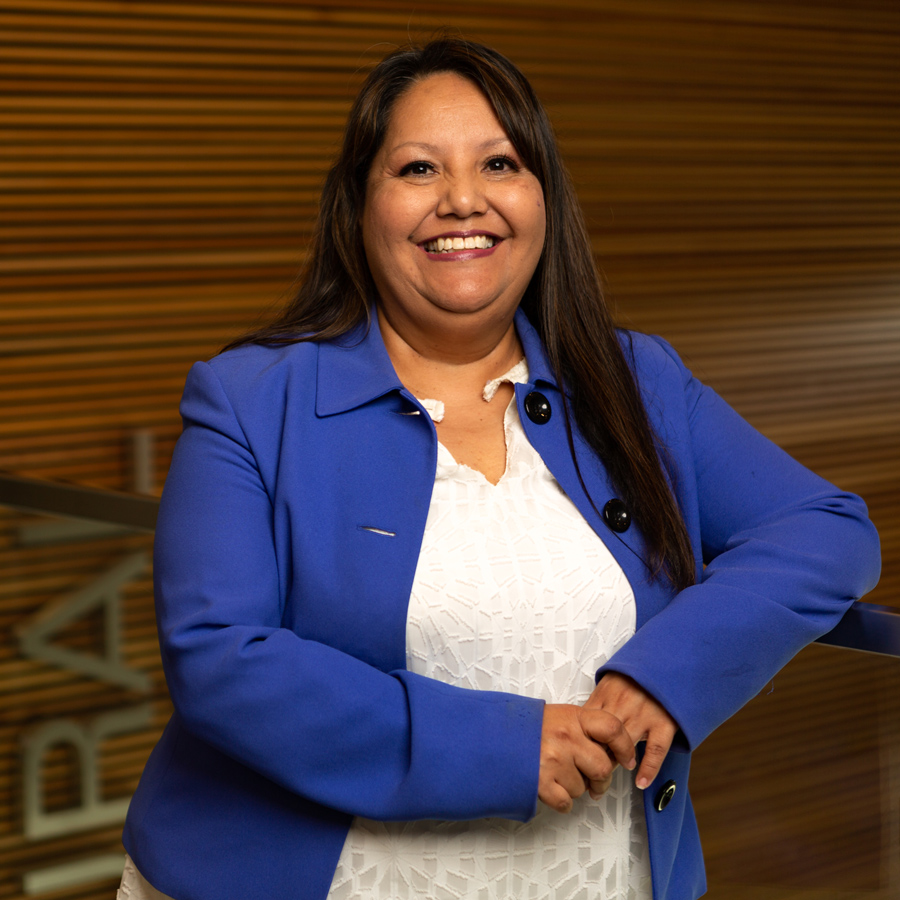
Laura Ramos, programs manager at The California Water Institute at Fresno State, works on projects that help small and disadvantaged communities attain sustainable access to drinking water.
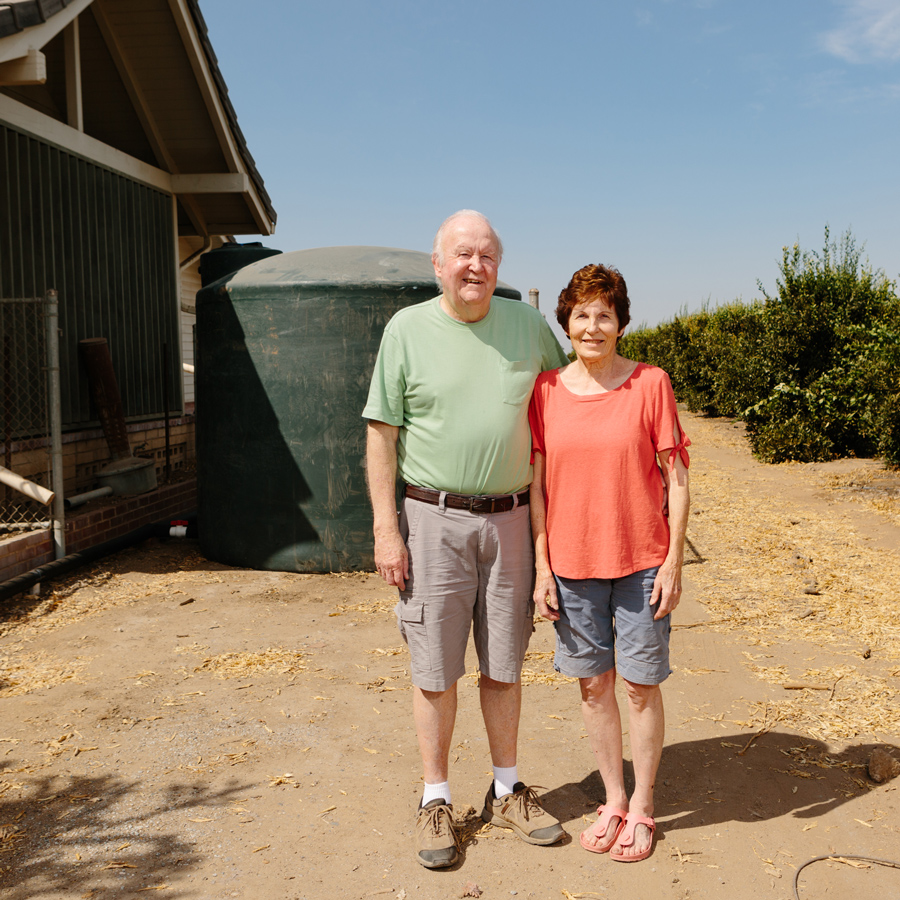
The well that Lindsay, California, residents Neil and Jacquie Walker depended on for water recently went dry. The California Water Institute works with Self-Help Enterprises, an organization that provided the Walkers with a tank and hauled water, to connect residents in need of related resources.
STORY: MICHELLE MCCARTHY
PHOTOGRAPHY: Patrick Record
Share this story